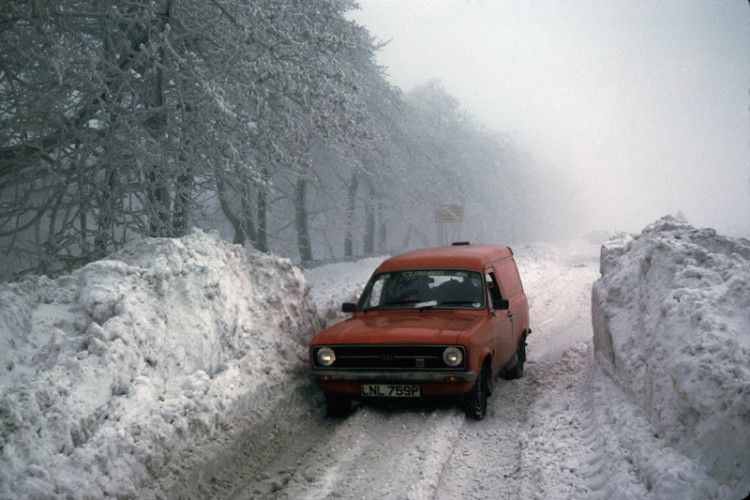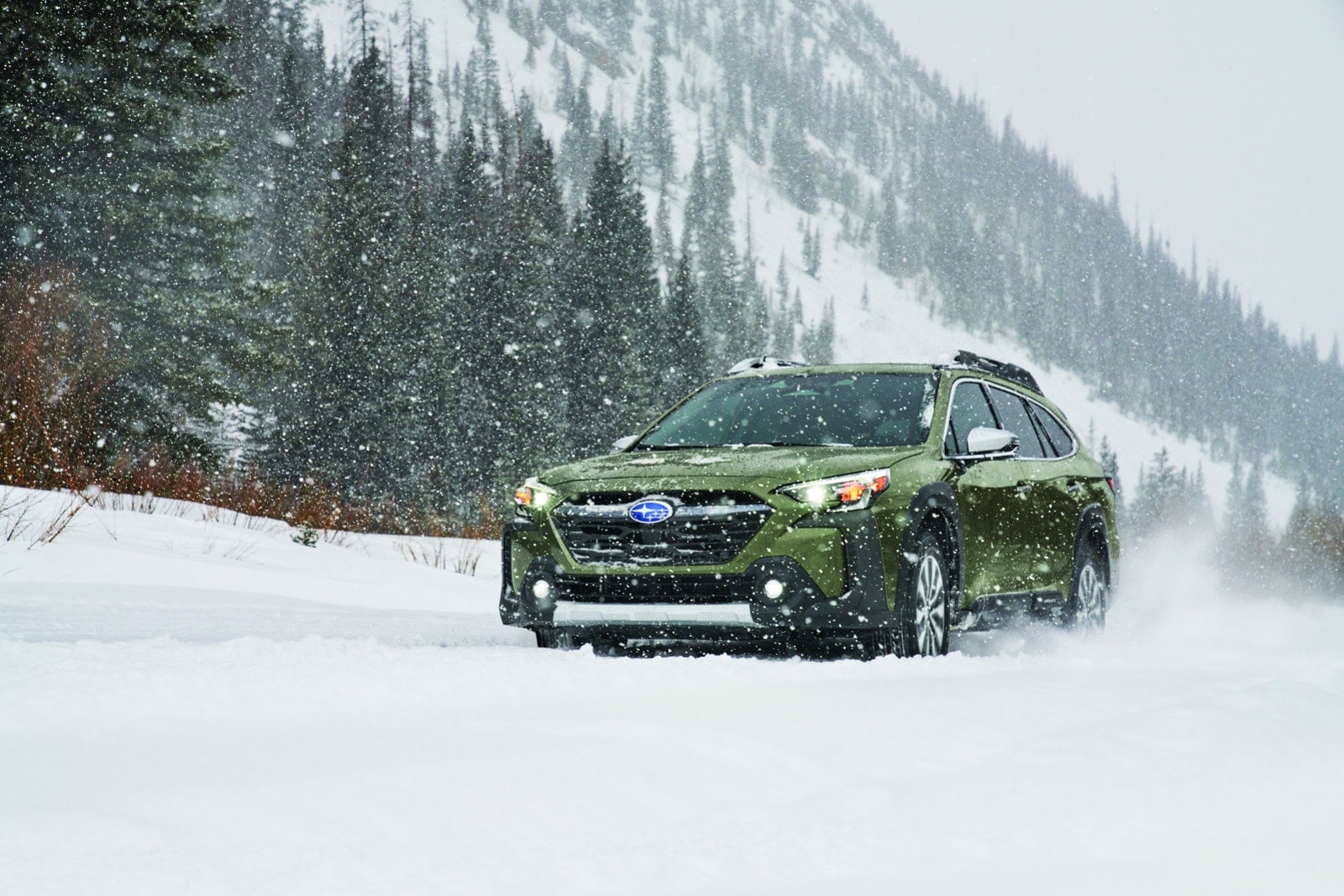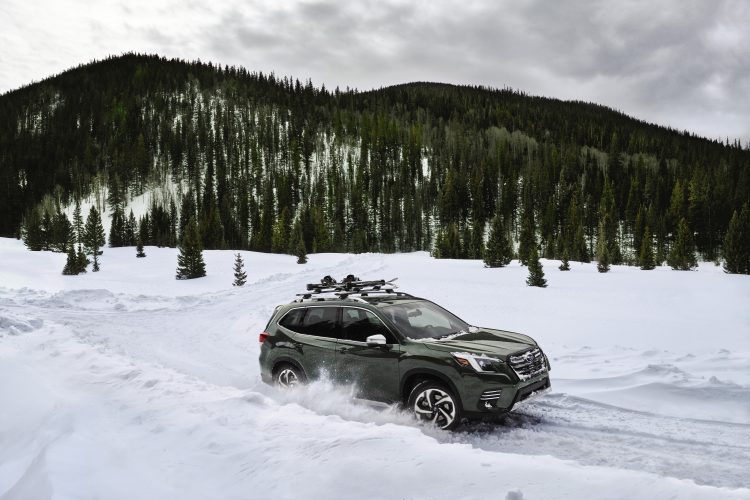Winter is the most difficult time for drivers, and a regular car trip can turn into a painful pastime. When there is a lot of snow, many motorists are forced to stay at home. Mountain climbers do the exact opposite, as snow is only to their advantage. If you are going somewhere further than the local supermarket – be careful, it can cost you a pretty penny.

“It’s important to take all the necessary precautions, because at best you could get stuck, and at worst it could cost you your life,” – RAC spokesman Simon Williams.
“Always check the weather in your city before leaving home. Always have warm clothes in the car – a waterproof coat, blankets, boots, as well as a shovel and a fully charged mobile phone. Some breakdowns can be avoided if you regularly have your car serviced and prepared for the winter period, and keep a large distance between your car and the car in front. But if you see that the weather is getting worse, then think carefully about whether you really need to go now, or if you can stay at home and wait it out.” Yes, it’s all simple in words. But when Ben Nevis is covered in snow at this time, then despite the bad weather, a trip there seems quite reasonable and justified. With the help of the following tips, you will at least a little.

Prepare your car for cold weather and snow
- Add antifreeze to the windshield washer reservoir
- Check all the optics
- Check if your tires are “bald” and measure the pressure in the chambers. Remember that the pressure changes depending on the temperature.
- Make sure to change your summer tires to winter tires in time. Such tires are specially adapted for cold weather, they are soft, and therefore they grip the road better than regular tires. That is, you will feel more confident on an icy road. It also reduces the braking distance. But you won’t find it, it’s not a magic wand.
- Monitor the amount of gasoline in the tank, since consumption increases in winter.
- Do not rush to get into the car and drive – first clean the windshield, all mirrors and windows from snow, frost or fogging. Do not pour hot water on a frozen windshield – it may crack.
- Cold can affect the battery, so if your car does not start – this may be the problem. Check and charge the battery in advance, especially in cold weather.
What you should definitely have in your car
- A windshield scraper and defroster (can be useful if there is a lot of ice on the glass, or the locks are frozen)
Antifreeze - A spare pair of gloves, a hat, a warm jacket, a sleeping bag or blankets, in case you get stuck in the snow (this can happen even on a road within the city, but the chances of getting stuck somewhere in the wilderness near the mountains are much higher). By the way, do not count on immediate rescue.
- High-calorie food and drinks, again, in case of an unexpected delay.
- Flashlight with fully charged batteries
- Snow shovel
- To help you get out of a snowdrift if you plan to drive on a road that is not cleared
- Snow chains and snow socks can be very helpful if you get stuck in the snow.
Plan your trips in advance
Check the weather and road conditions. Are there any traffic jams on the way out of the city, has the road been closed due to snowfall? All main streets are usually constantly cleared and cleared, but small ones are not. Especially in the mountains After a heavy snowfall, be sure to find out if you can get to where you want by road. If you plan to park during a heavy snowfall and leave your car for a long time, then think about whether you will be able to leave there later?
- Try to start in second gear so that the wheels do not slip
- On a snowy or icy section of the road, press the gas pedal very carefully, shift into a higher gear and keep the revs low
- Continue moving slowly and do everything as smoothly as possible
- You need to drive the car and press the brake very carefully
- If you have driven into a snow drift, then you do not need to hit the brakes right away, try to carefully steer back into your lane. For example, if the rear wheels are skidding to the left, steer to the left. But do not overdo it.
- The braking distance becomes approximately 10 times longer, so keep a fairly large distance from the car in front.
- If the snow is deep, but you see a rut in it – do not rush to drive on it, it may be heavily compacted and therefore slippery
- You may be blinded by falling snow, if you have high beams on, it is better to switch to low beams
- If it is very windy outside, take into account that you need to keep a large distance from other cars
Source: travelworld.biz


